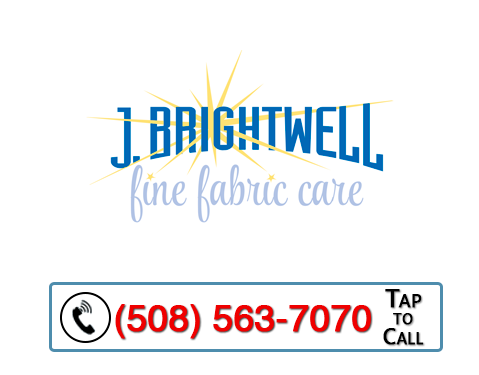In the not too distant past, while there were, and still are, varying degrees of quality and price, purchasing an area rug meant it would most likely be constructed of wool. That is no longer true. Inexpensive rugs made of synthetic materials have changed the market for rug buying. Although these “new” rugs are seen as a cost effective alternative to a hand-woven wool rug and allow a greater number of consumers the ability to decorate their homes with area rugs, the true cost may be greater than expected after accounting for care and sooner than expected replacement.
The first type of rug to avoid is any rug manufactured using rayon. Rayon is also labeled as artificial silk (also “art silk”) and viscose. Although not a synthetic material, rayon rugs should most definitely be avoided. Because rayon is made using regenerated cotton linters and wood pulp, it is a weak fiber. This is not a rug that can withstand heavy use. Additionally, this already weak fiber loses approximately one-half its strength when wet which creates issues for effective cleaning. Rayon is also susceptible to browning, shrinking, and pile distortion, all of which make for a very ugly rug. Ugly rugs are replaced more frequently.
Rugs made with synthetic fibers such as polypropylene (also labeled as olefin), acrylic, and polyester should also be avoided. These fibers are essentially plastic. The primary concern with these fibers is how quickly they will wear. When soil comes in contact with these synthetic materials, it abrades, or scratches, the fibers. The constant abrasion, as a result of foot traffic, is what we see as wear. The carpet installed in most commercial spaces is primarily polypropylene/olefin. Visualize the carpet, especially the high traffic areas, of a commercial building or office you have been in recently. Is that what you want for the rugs in your home? Synthetic fibers also have a low level of resiliency and become matted, are susceptible to texture changes, and tend to hold onto oily soils.
Cleaning is an important factor that makes rugs made of synthetic fibers a poor choice. Because the material used to construct some of the rugs described above does not respond well to standard rug cleaning methods, additional steps may be required. If more work is required to clean a rug, the price naturally increases. Synthetic rugs also do not hide soil the way a wool rug does. Frequent cleaning in an attempt to keep a rug looking its best increases the true cost of owning an inexpensive rug.
Of all the synthetic materials used to manufacture a rug, nylon is the best choice. Nylon is very resilient and responds well to cleaning.
With cost being a factor for most people, rugs constructed using synthetic materials certainly have a place in the market. Even with wool rugs, there is a wide spectrum of quality and pricing and consumers need to be vigilant to ensure they are paying for a quality rug. The important thing is to consider how the rug will be used in your home. A young family with a pet will most likely make a different choice than that of a mature homeowner. One will be making a purchase while another will be making an investment. Determine if you are making a purchase or an investment, and you are on the path to choosing the rug that is right for you.


